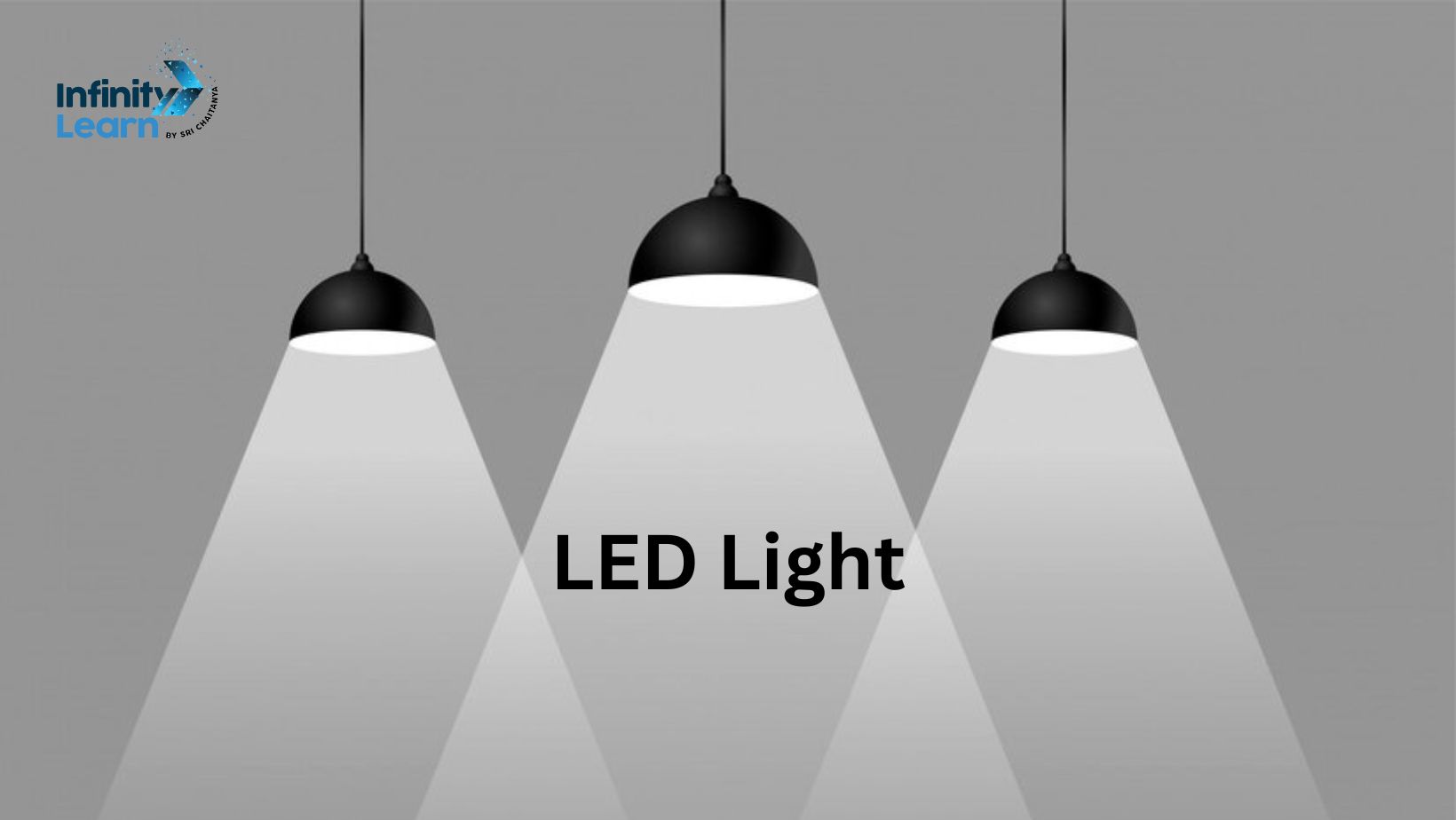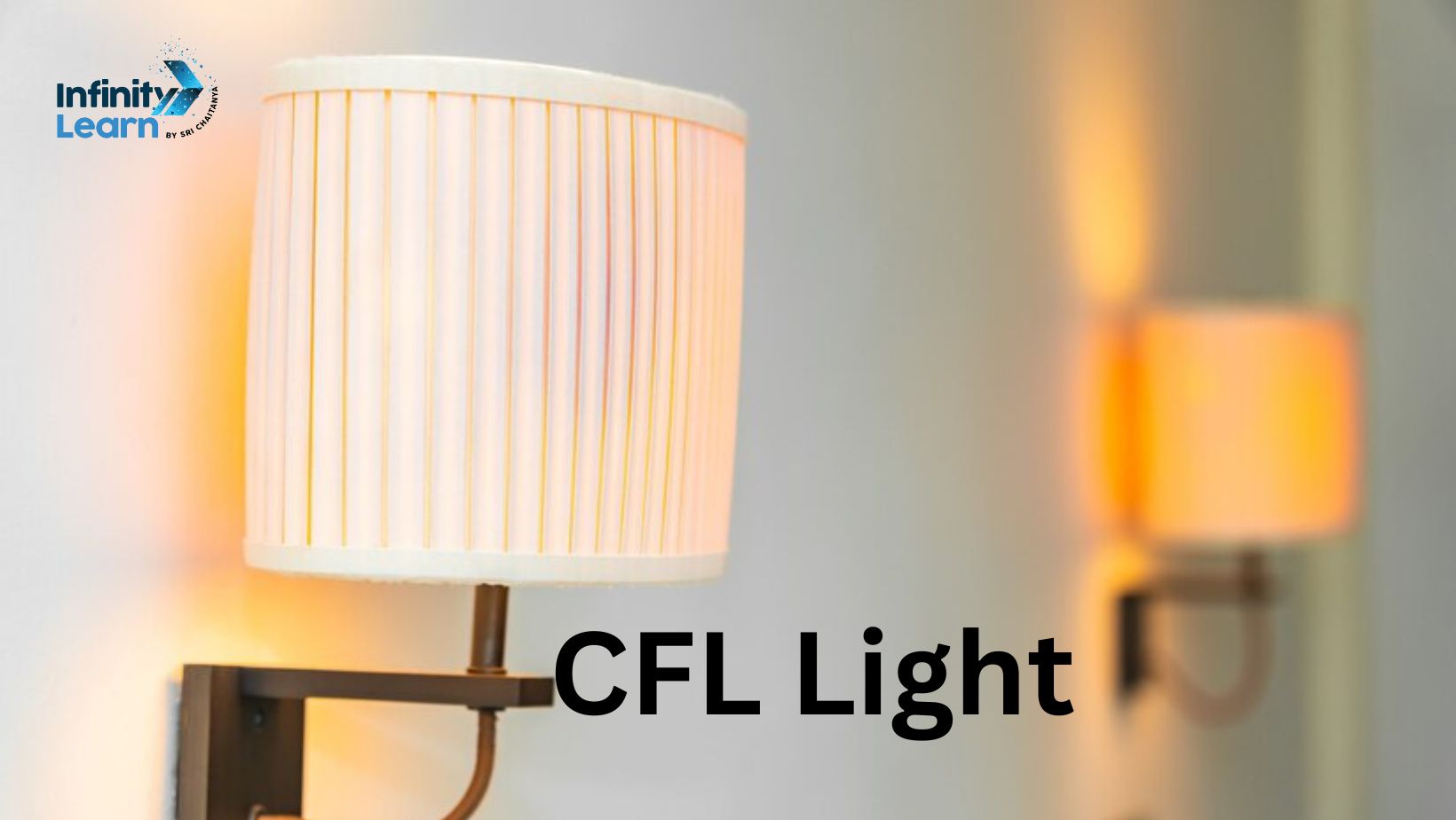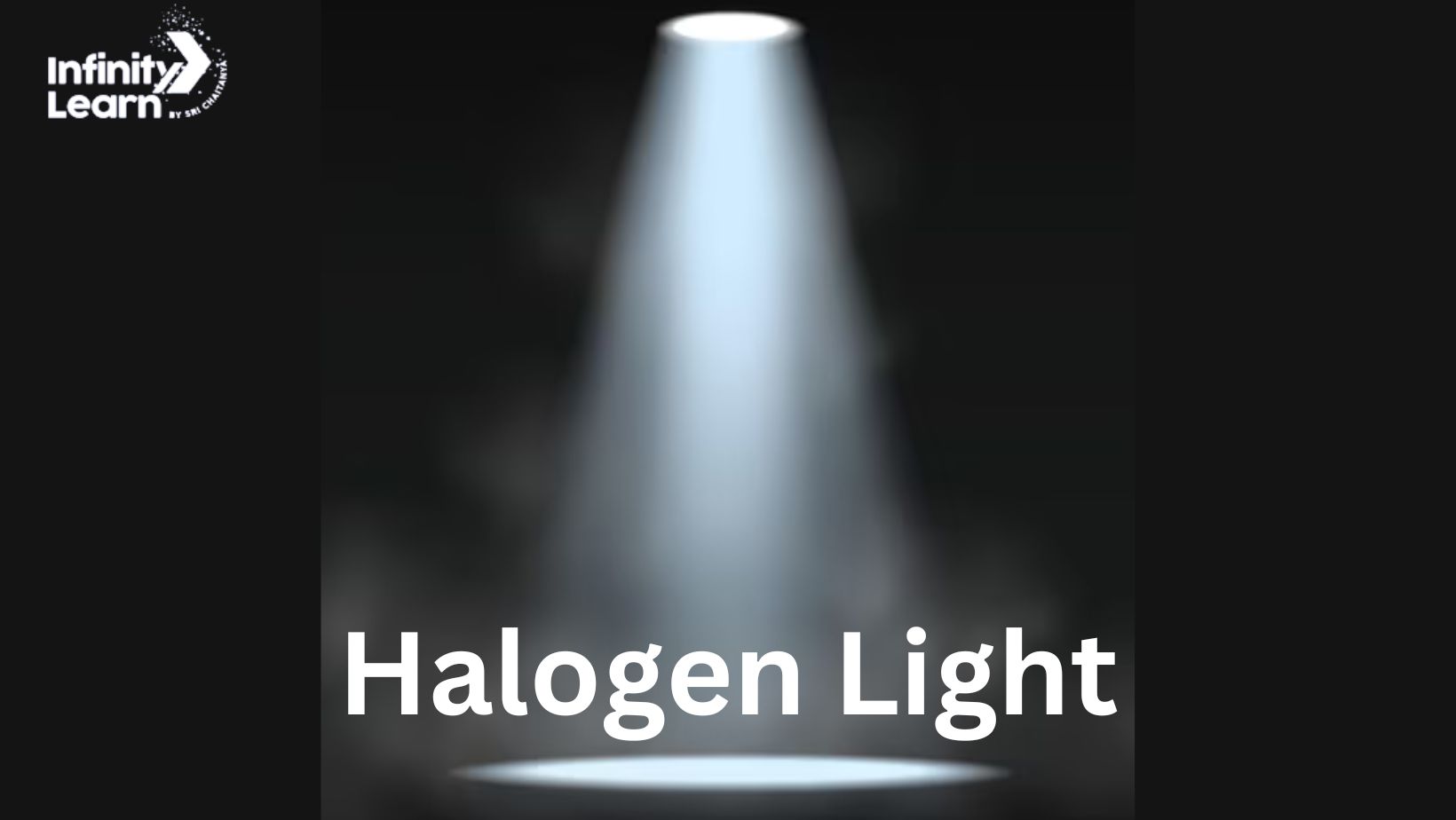Table of Contents
Light is a form of electromagnetic radiation or electromagnetic waves which can be perceived by the human eye. There are waves of all sizes all around us. Radio waves is the largest electromagnetic waves, whose wavelengths range from a few centimetres to over 100 meters. gamma rays is the smallest electromagnetic waves, with wavelengths similar to the size of an atomic nucleus. In between are microwaves, visible light, ultraviolet light, infrared light, and X-rays.
Also Check: Speed and Velocity
Matter and electromagnetic radiation are the two main components of the universe. All electromagnetic radiation consists of magnetic fields and oscillating electric fields. These waves or oscillations, have wavelengths and frequencies.
History of light
In the 1600s, both Italian astronomers Galileo and Isaac Newton studied light. Isaac Newton used a prism to separate visible light into its various colours. For the particle theory of light, Isaac Newton was the most well-known proponent. Galileo made an attempt to gauge light speed. Later, he concluded that light speed was too great to be measured by human reactions.
Light: Properties
In most situations, light behaves like a wave having properties like frequency and wavelength. It is subject to interference and diffraction. In some situations, light can be considered to behave like photon, a particle which carries a fixed amount of energy but has no mass.
- Light is a form of energy.
- Light always travels along a straight line.
- No medium is required for light propagation and can even travel through a vacuum.
- Light in different colours has different wavelengths and frequencies.
Light: Speed
In a vacuum, visible light travels at approximately 299 792 458 metres per second (m/s) speed. This is known as the speed of light. It is the fastest that the speed of sound which approximately 300 m/s. Because of this speed, lightning can be seen before thunder.
Also Check: Insulator
Light: Waves of Light
Light has the properties of waves and have crests and troughs.
Wavelength measures the distance between one crest and the next. It is the same as the distance between one trough and the next. The wave’s frequency is the number of wave crests or troughs that pass a place in a second. The wavelength multiplied by the frequency equals the wave’s speed. The different colours of light have different frequencies and wavelengths.
Light: Colours of Light
Light has primary colours as well. These primary colours of light are red, green and blue. Magenta, cyan, and yellow are the secondary colours of light. Cyan is made by combining green and blue. Magenta is made by combining blue and red. Yellow is made by combining green and red.
TV screens and computer screens use these colours of light to make all of the colours that we can see. Red appears red to us because the right wavelengths of light are sent towards our eyes. This is applicable for all of the other colours. White is created by sending out all of the wavelengths of light. In the case of black, no wavelength of light is sent out. A natural example of white light is the light from the Sun.
Sometimes white light from the Sun is split apart so that we can see the colours that make it up – rainbows. Small water droplets split the waves of light so that we can see each other. The colours of a rainbow ROYGBIV take the first letters of red, green, orange, blue, yellow, indigo, and violet. Using a prism we can split light.
These various light colors have various frequencies and wavelengths. It is important to note that red light has the lowest frequency and the longest wavelength of the visible spectrum. In the visible spectrum, violet has the highest frequency and shortest wavelength.
Also Check: Transistor
Light: How Light Travels
An important property of light is that it always travels in a straight line. The shadows form when light is blocked by an object. Light can pass through some objects. These are transparent objects. Opaque objects through which light cannot pass. Translucent objects are through which some light can pass but not all light.
Light: Types
There are mainly four types of lights – compact fluorescent lamps (CFL), light-emitting diodes (LED), halogen lamps and incandescent bulbs.
Light Emitting Diodes (LED)
LEDs are the most cost-effective lighting and energy-efficient options available. They are usually more expensive than a majority of other choices; however, activate instantly, last for a long time, and do not contain mercury.

Compact Fluorescent Lamps (CFL)
Although CFLs last a few years, they are usually cheaper and provide decent light. However, they tend to fade over time and burn out even quicker if turned on/off a lot or exposed to extreme temperatures. They tend to take a couple of moments to light up properly, and because they contain mercury, you have to be careful how you dispose of them. Although LEDs have replaced a lot of CFLs, there are still some CFLs around, and you can still purchase them from anywhere that sells light bulbs.

Halogen Lamps
Halogen lamps run around 30% more efficiently than incandescent bulbs, last longer, and are primarily used as low-voltage downlights or for particular uses. They are also an excellent option for fittings that remain hot for long periods, as both CFLs and LEDs can be super sensitive to high heat levels. Remember, the low voltage doesn’t necessarily mean low energy consumption.

Incandescent Bulbs
For the past 100 years or so, incandescent light bulbs have been the most widely used type because they are simple and inexpensive to produce. They are not the most energy-efficient, however, which is why they have been gradually phased out since 2009.
Light: Reflection
As per the law of reflection, all light must have an angle of incidence equal to its angle of reflection. The phenomenon known as Reflection in which light travelling in one medium, incident on the surface of another returns to the first medium, obeying the laws of reflection. As per the laws of reflection
- The reflected ray, the incident ray, and the normal to the surface at the point of incidence all lie in the same plane.
- The angle of reflection and incidence is equal to.
Light: Refraction
In this phenomenon, the velocity of light ray fluctuates. As light moves through different media, its speed changes and its ray of light is bent. How much light refracts can be measured by index of refraction.
The refracted ray obeys the following laws.
- At the point of incidence, the refracted ray, the incident ray, and the normal to the surface all lie in the same plane.
- The ratio of the sin of the angle of incidence to the sin of the angle of refraction for the given pair of media and wavelength of light is always constant.
Light: Dispersion of Light
Whenever white light passes through a prism, it splits into different shades depending on its own wavelength. Dispersion is the process of a white light beam breaking apart into its individual colors.
Light: Diffraction of Light
Light energy is a kind of kinetic energy. It can allow various forms of light visible to the human eyes. Light is electromagnetic radiation produced by hot objects such as lasers, bulbs and sunlight.
The phenomenon of light bending across minute angles of obstacles is known as diffraction, and this greater penetration into geometric extent is indicated by it. Diffraction is the term used to describe the phenomena where light bends around minor barriers and enters the geometrical shadow zone.
Light Energy
Light energy is a kind of kinetic energy. It is capable of allowing various forms of lights visible to the human eyes. Light is a type of electromagnetic radiation produced by hot objects such as lasers, bulbs and sunlight. Let us understand it in detail. Light energy is of various types. They are, Visible lights, Infrared light, X-rays and Ultraviolet light.
Light: FAQs
How many types of light are there?
There are four main types of lights - light-emitting diodes (LED), compact fluorescent lamps (CFL), halogen lamps and incandescent bulbs.
Which light is suitable for eyes?
Yellow light effectively protects the retinas of patients with overexposure to blue light because it produces the best contrast.
What energy is light?
Light energy is a form of electromagnetic radiation of a wavelength that can be seen by the human eye. It is a type of kinetic energy.








